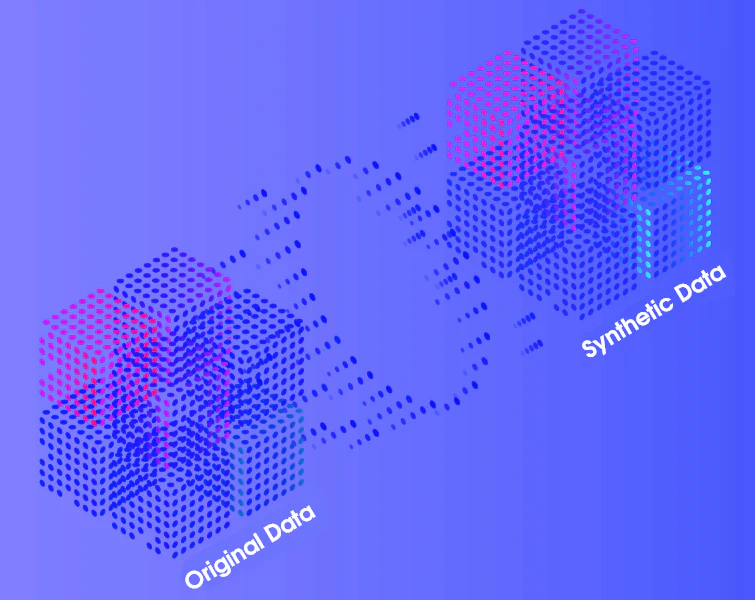SynthCall
Unlock the Potential of Function Calling Through Reliable Synthetic Data
SynthCall is A cutting-edge data generation pipeline created to revolutionize the world of large language models (LLMs) and function calling. Built with care, our powerful tool leverages the latest technologies to deliver unparalleled performance and flexibility while prioritizing privacy.


We strive to
Empower businesses with advanced function calling capabilities through our data generation pipeline
Enhance the efficiency and accuracy of B2B operations by improving AI-powered functions
Drive innovation in enterprise software by enabling more intelligent and responsive business applications
Problem and Motivation
Current solutions for AI-driven tasks such as retrieval-augmented generation struggle with logical operations and immediate information retrieval. Conventional fine-tuning approaches require human-generated data which can be expensive to obtain. Thus, our team chose to turn to function calling with synthetic data to explore viable alternatives to expensive and complex models.
Synthetic data is projected to account for 60% of all data used in AI and presents a significant alternative to human-generated data, while improving accuracy and efficiency. By fine-tuning smaller, more efficient models and developing a low-cost synthetic data pipeline, SynthCall aims to enhance model performance for businesses to implement into their workflow.
Function calling enables precise execution of user-defined logic, allowing LLMs to handle tasks that require structured and accurate outputs. This capability, combined with synthetic data generation, reduces the reliance on expensive vector databases and streamlines the automation of repetitive tasks. By focusing on the development of scalable and cost-effective solutions, our team aims to address critical gaps in AI workflows, such as maintaining data integrity, ensuring model transparency, and enhancing operational efficiency.

